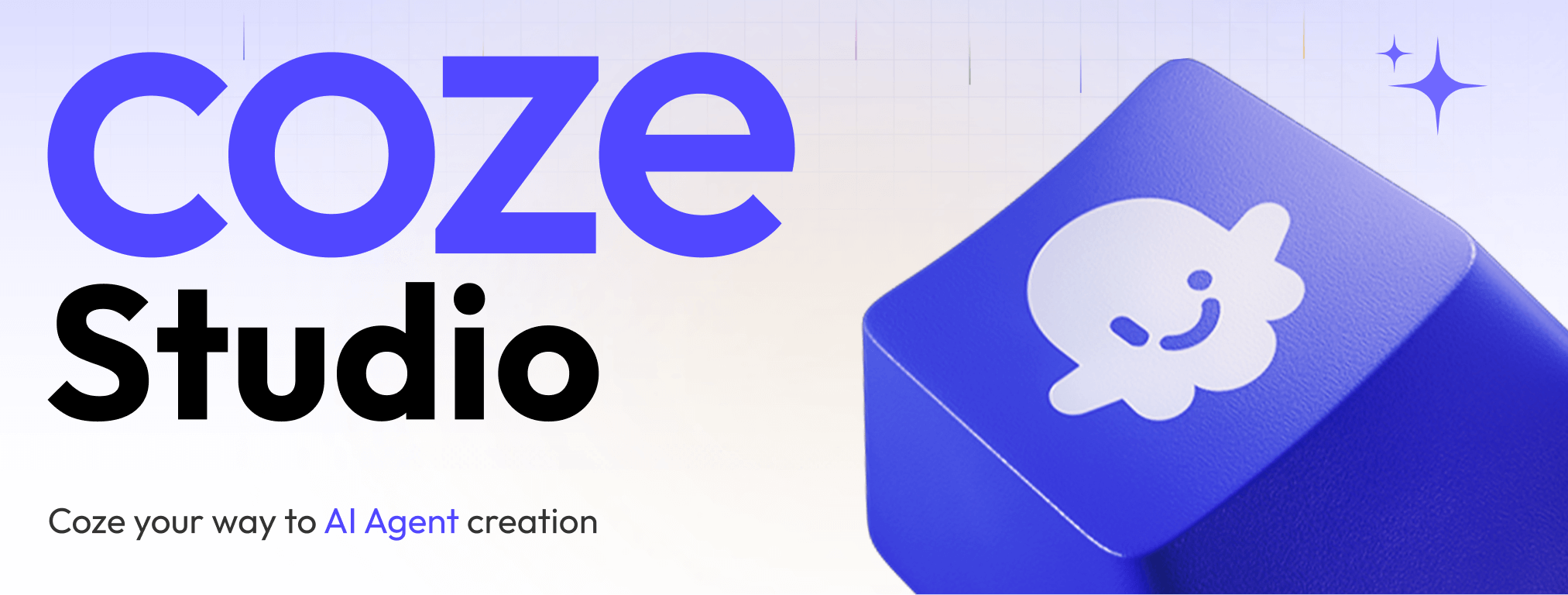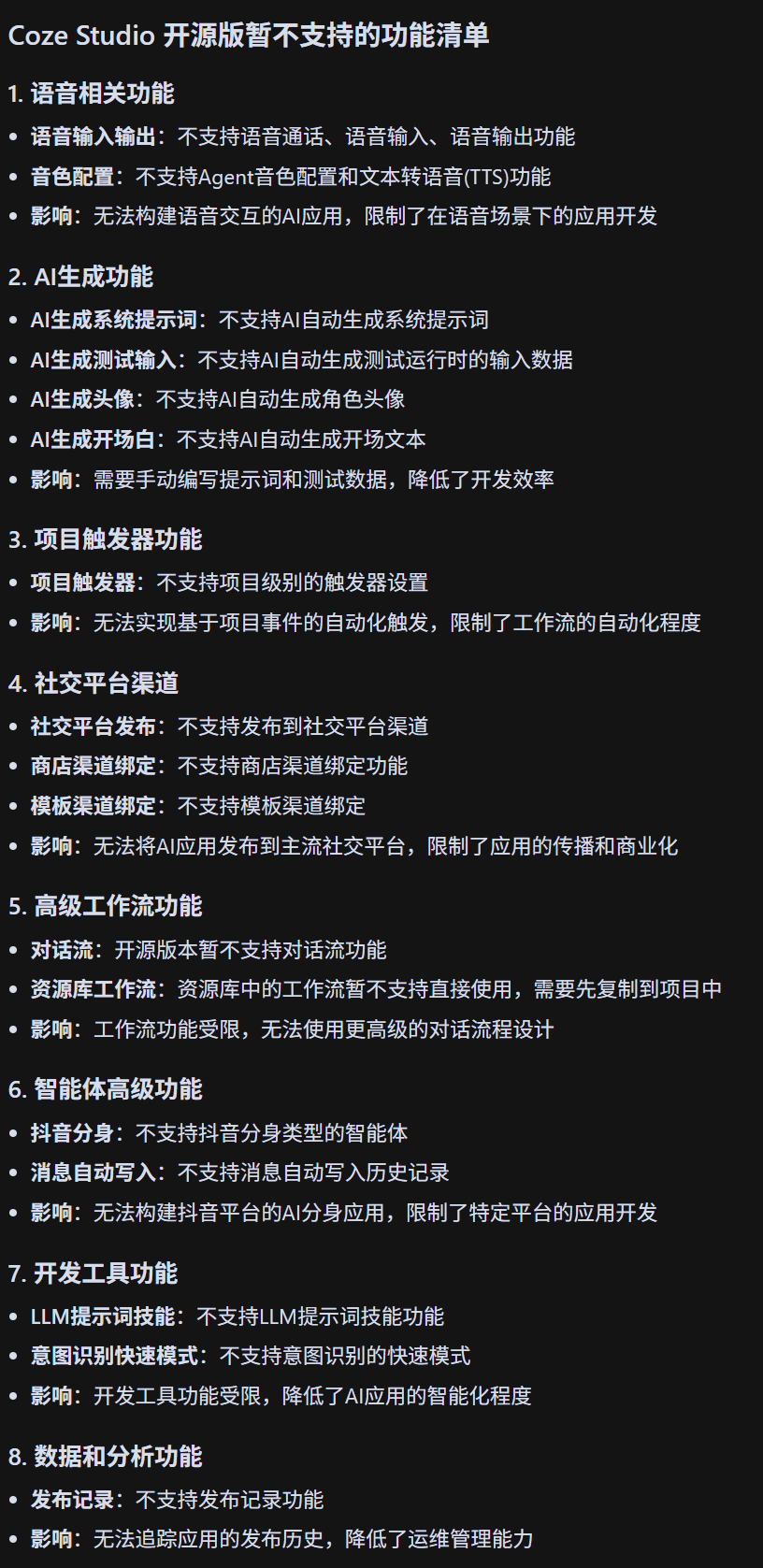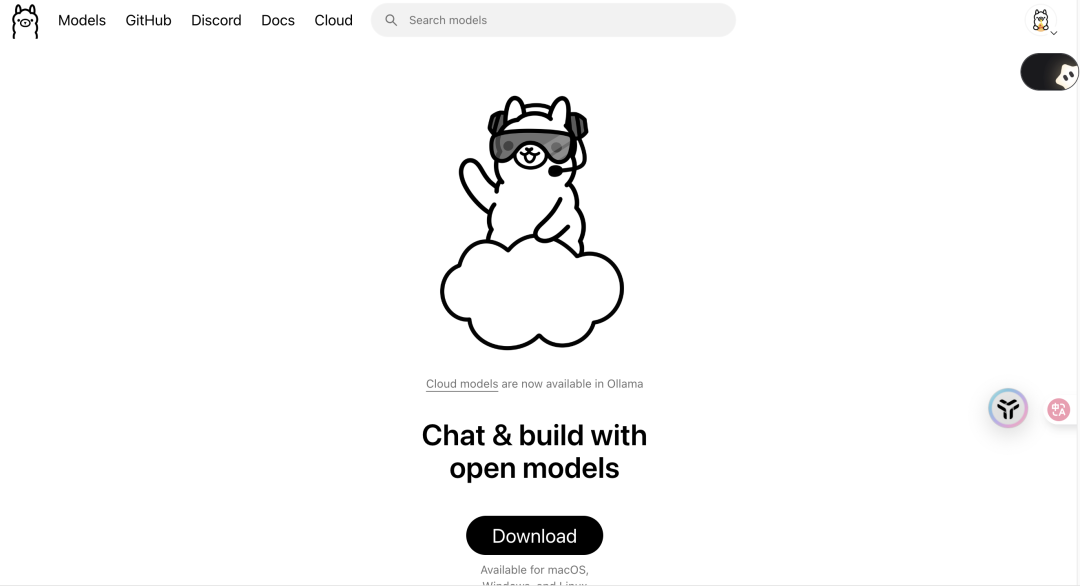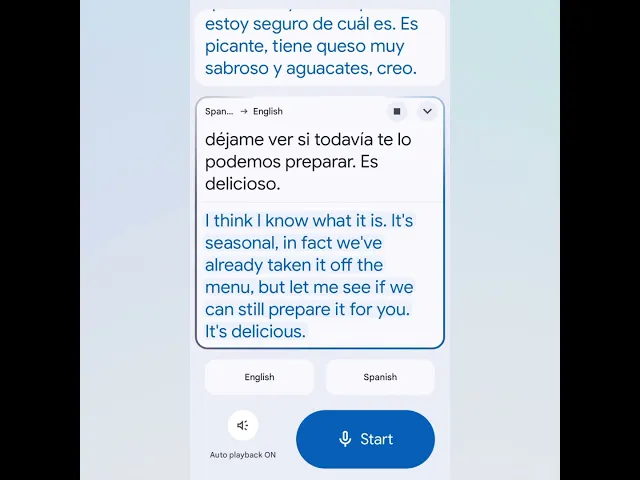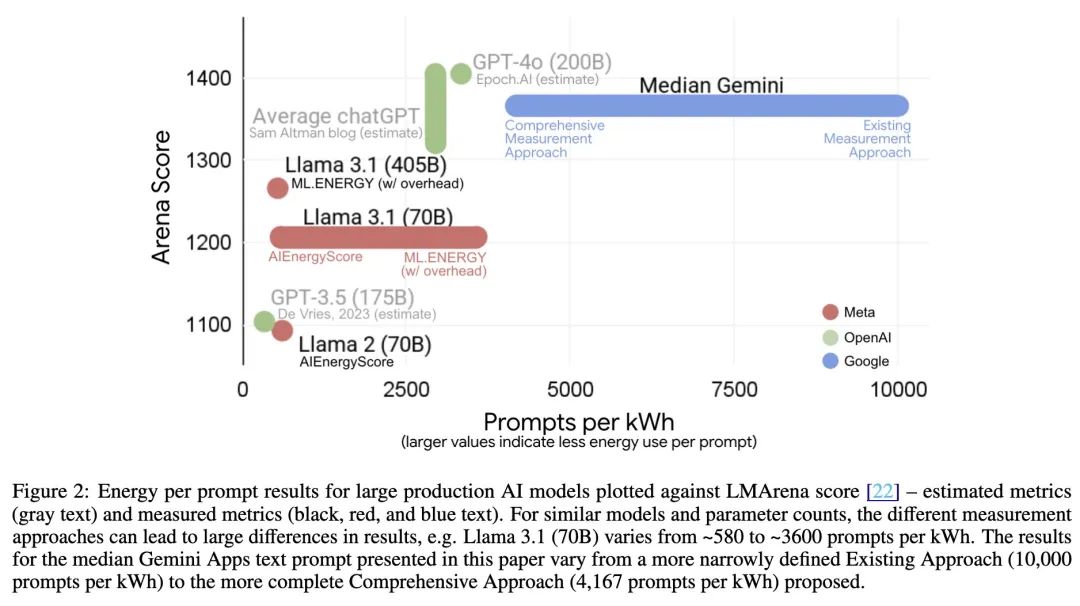ByteDance recently made its AI app development platform Coze Studio Push to the open source community, this move is not simply technology sharing, but a key strategic layout in the increasingly fierce competition in the AI development tool chain. The current market has shifted from the competition of the model itself to the competition of the application development platform and ecology. On this track, theCoze cap (a poem) Dify Low-code platforms such as these have gained a lot of developer favor due to their intuitive visual interfaces, while traditional code-first frameworks LangChain Also had to launch LangGraph Studio to deal with this wave of visualization. The entry of byte-hopping has complicated this competition.
Open source version of generosity: a solid and open starting point
Unlike many "trial" versions with limited functionality.Coze Studio The open source version of AI Agent provides a full-featured development platform. Its core architecture is sufficient to support developers in building complex AI Agents.
The back-end of the platform uses Go language, with a front-end of React + TypeScript combination, the overall domain-driven design (DDD)-based microservices architecture. For developers, this technology selection means high performance, high scalability of the underlying guarantees, as well as in the secondary development of a clearer maintenance framework.
Its core features include:
- Multi-model support: The platform allows developers to access and manage multiple large language models, including
OpenAI(used form a nominal expression)GPTSeries and Volcano Engine's Beanbag Megamodels. - Visualization Workflow: Developers can build complex business logic on the canvas by dragging and dropping nodes. This low-code interaction significantly lowers the development threshold of AI applications.
- Enriched resource management: The platform has built-in plug-ins, knowledge base, database and
PromptThe ability to manage a variety of resources, such as the model, is key to resolving modeling illusions and expanding the capabilities of the Agent. - Open APIs and SDKs: By
OpenAPIcap (a poem)Chat SDKThe developer can easily integrate the built application into existing business systems, such as web customer service.
Particularly critical is the fact thatCoze Studio adopted Apache 2.0 This is a very business friendly open source protocol. With Dify This decision is extremely attractive compared to competing products, such as those that employ stricter licensing restrictions, and provides an opportunity for individual developers and commercial companies to take advantage of the Coze Studio Clears the way for secondary development and commercial deployment.
The boundaries of the commercial version: a carefully crafted value ladder
Coze Studio The division between the open source version and the commercial version clearly outlines the commercialization path of ByteDance. The difference lies not in the ability to develop applications, but in the efficiency of development, the richness of experience, and the scale of commercialization and operation and maintenance.
- From Text to Multimodal Interaction Divide
The most notable limitation of the open source version is the lack of voice interaction capabilities. It does not support voice input/output andTTSTone configuration, which directly hinders developers from building native voice applications such as voice assistants and intelligent customer service, locks the interaction dimension firmly at the text level. - Bottlenecks in development efficiency
The Business Edition offers a range of AI-assisted features, such as automatic generation of system prompts, test data, and characterization. These features are key to improving iteration speed in actual development. Developers of the open source version need to invest more time in manual configuration, which will directly affect development efficiency in large-scale deployment scenarios. - The "last mile" of the commercialization pathway
The open source version does not support publishing apps directly to mainstream social platforms and cannot be tied to store channels. This almost cuts off the shortcut for developers to utilize the platform for rapid distribution and cash flow. For commercialization teams, they need to solve the problem of application deployment, distribution and customer acquisition on their own, which is precisely one of the core values of the commercial version. - Upper limit for advanced features
The open source version sets a clear ceiling in terms of workflow and smartbody functionality. For example, it does not support complex dialog flow functionality, and it is not possible to directly create deeply integrated intelligences for specific platforms (e.g., "Jitterbug"). These limitations make it difficult for developers to build AI systems with highly complex logic and deep customization. - "Data Black Box" from Dev to Ops
The lack of release history functionality makes it difficult to iterate and manage application versions. For enterprise applications that need to track and trace back their version history, this can be a huge challenge for operations and troubleshooting.
Coze Studio The strategy is clear: through a powerful and loosely licensed open source version, attract a broad developer community and build an active ecosystem as a traffic portal and de facto standard. At the same time, it provides an indispensable upgrade path to the commercial version for professional teams and enterprise users who are pursuing extreme efficiency, rich experience and commercial success. This is not only a product strategy, but also a well-thought-out move to build its own ecological moat in the AI era.


